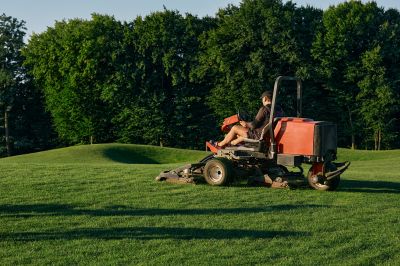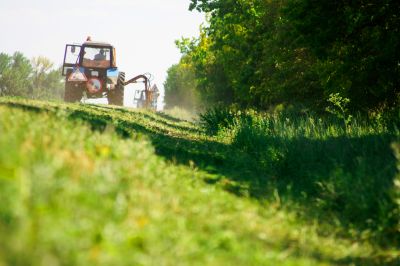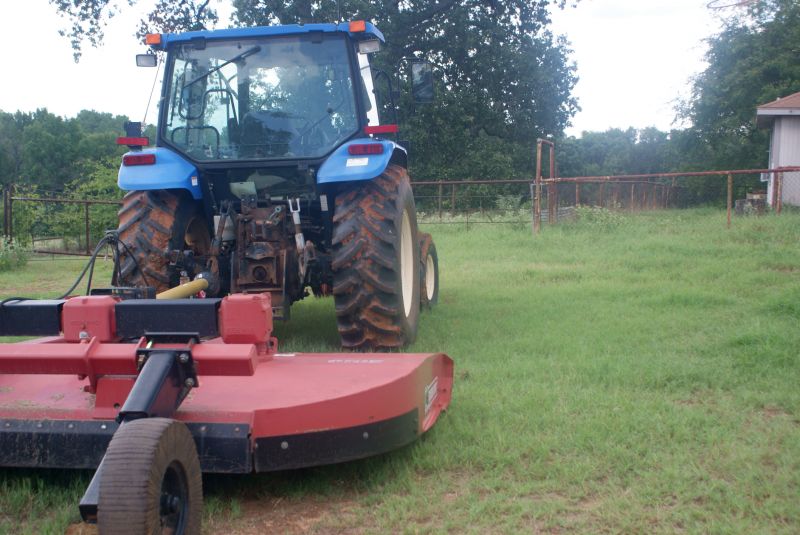Optimal Timing for Bush Hoggings
Bush Hoggings is a critical agricultural and land management activity used to control overgrown vegetation, improve pasture health, and prepare land for planting or grazing. Timing plays a vital role in maximizing the effectiveness and efficiency of bush hogging operations. Proper timing can lead to better crop yields, healthier soil, and reduced weed proliferation.
Ideal for clearing winter growth and preparing land for early planting. It helps control weeds before they seed.
Useful for managing overgrowth during peak vegetation growth periods, maintaining pasture quality.
Effective for controlling late-season weeds and preparing land for winter dormancy.
Best after moderate rainfall to ensure lush, healthy growth and easier cutting.

Ways to make Bush Hoggings work in tight or awkward layouts.

Popular materials for Bush Hoggings and why they hold up over time.

Simple add-ons that improve Bush Hoggings without blowing the budget.

High-end options that actually feel worth it for Bush Hoggings.
Bush Hoggings involves using a rotary cutter attached to a tractor to trim dense vegetation, brush, and weeds. This process is essential for maintaining pasture health, preventing overgrowth, and reducing fire hazards. The timing of bush hogging impacts soil health, weed seed dispersal, and crop yields, making it a strategic activity in land management.
Statistics indicate that performing bush hogging during optimal periods can increase pasture productivity by up to 30%. Proper timing also reduces the need for chemical weed control, saving costs and minimizing environmental impact. Regular maintenance aligned with seasonal growth patterns ensures land remains productive and manageable.

Finishes and colors that play nicely with Bush Hoggings.

Little measurements that prevent headaches on Bush Hoggings day.

A 60-second routine that keeps Bush Hoggings looking new.

A frequent mistake in Bush Hoggings and how to dodge it.

Small tweaks to make Bush Hoggings safer and easier to use.

Lower-waste or water-saving choices for Bush Hoggings.

The short, realistic tool list for quality Bush Hoggings.
| Season | Recommended Timing |
|---|---|
| Spring | Early spring before weeds seed |
| Summer | Mid to late summer during peak growth |
| Fall | Late fall after major growth |
| Post-Rain | After moderate rainfall for best results |
| Pre-Planting | Just before planting season |
Choosing the right time for bush hogging depends on local climate, vegetation type, and land management goals. Proper timing ensures effective weed control, promotes healthy pasture regrowth, and reduces operational costs. Regular assessment of vegetation growth stages helps determine the optimal window for bush hogging activities.
Interested in scheduling bush hogging services? Fill out the contact form to discuss options tailored to specific land management needs and timing preferences.



